








The magazine of the photo-essay

Sept 2016 back issue

by Andrea Taurisano


“A free, really high quality photo-essay magazine. Fabulous!”
Stephen Fry. British actor, writer and film & documentary maker
Few, if any, country names evoke more vivid images of war and destruction than Afghanistan. And few countries
proffer more hope whilst, at the same time, having a stronger sense of hopelessness, than Afghanistan.
This series, extracted from the book (My) Afghanistan, is about living with landslides, floods, extreme erosion and the
consequent loss of vital agricultural land, as well as earthquakes. It is about a war that claims several thousand lives
each year without making the headlines, its victims being left to fight alone. It is a war where the only coalition of the
willing are a few NGOs operating in the hardest hit provinces. Among the most tormented of them is the north-eastern
province of Badakhshan, where Pamir and Hindu Kush collide.
The photos that follow were taken while working on a Disaster Risk Reduction project for the Norwegian Afghanistan
Committee and with Engineers Without Borders.
Landslides are so common in Badakhshan that dozens can be counted from any mountaintop. The largest of them do
not only claim human lives but also disrupt the functioning of entire communities with traumas way beyond their
resilience. Part of the village Ab-e-Barik and over 2.000 people were buried by a giant landslide in May 2014. National
and, to a lesser degree, international aid was quick: thousands of survivors found shelter in vast tent camps quickly set
up by NGOs. But that response is more the exception than the rule: In most cases, even accessing the disaster areas
is made impossible by more floods and landslides, by snow or by risks for aid workers safety in high tension areas.
Similar disasters happen and will continue to happen yearly in the mountains of Afghanistan.
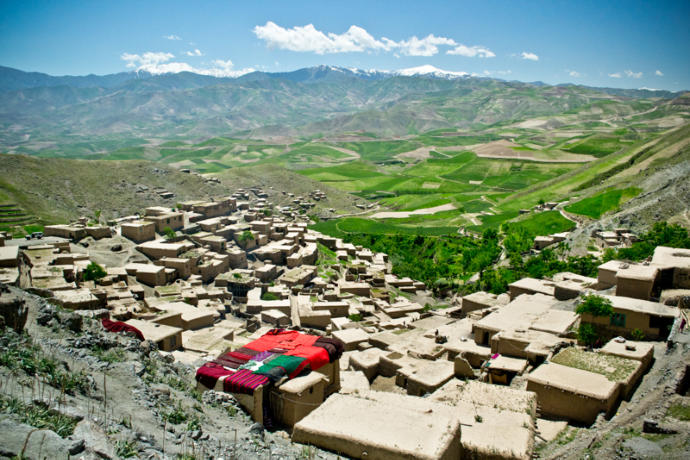
Typical village in Badakhshan.
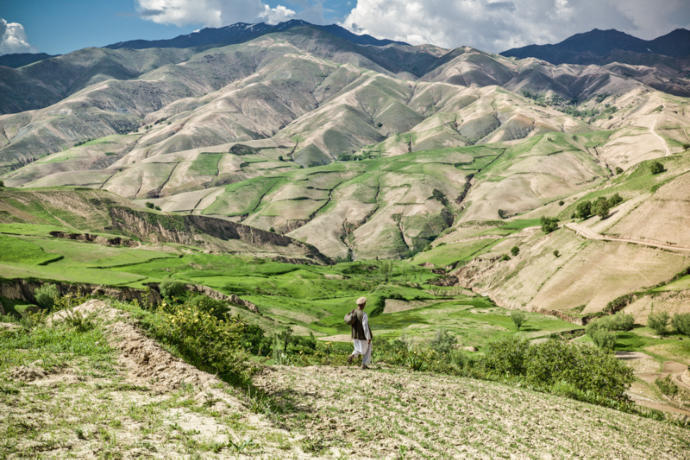
Transport occurs typically on foot, camels or donkeys, even when covering great distances through difficult terrain.
The landscape is majestic.
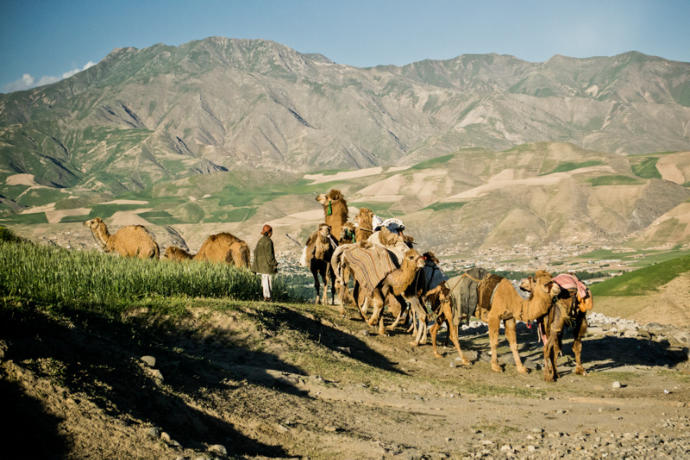
A landslide occurred in May 2014 at Ab-e-Barik, which killed over 2000 people, destroying a third of the village and
damming a river.

Men discussing the destruction caused by the landslide, and the risk posed by rising water level in the landslide lake,
just days after the event.
Transport occurs typically on foot, camels or donkeys.
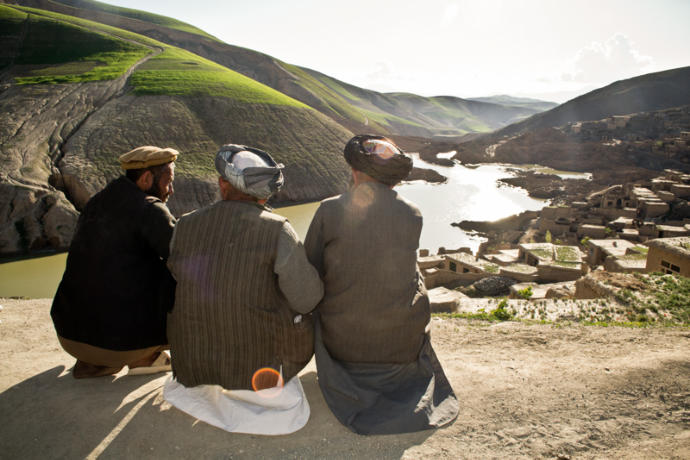
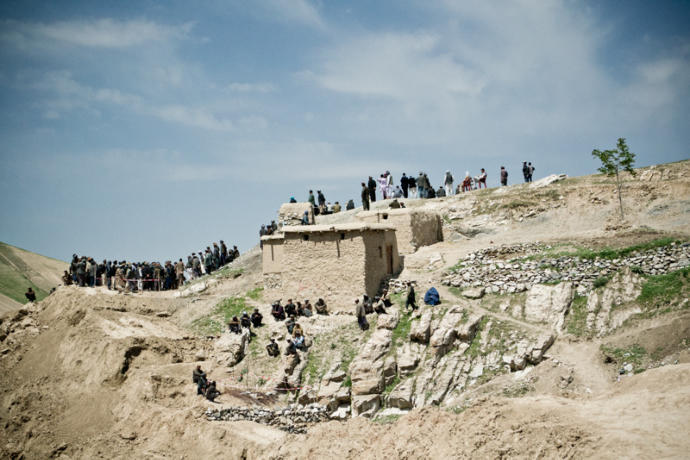
Crowds of men gather to observe the landslide, a few days after the event.
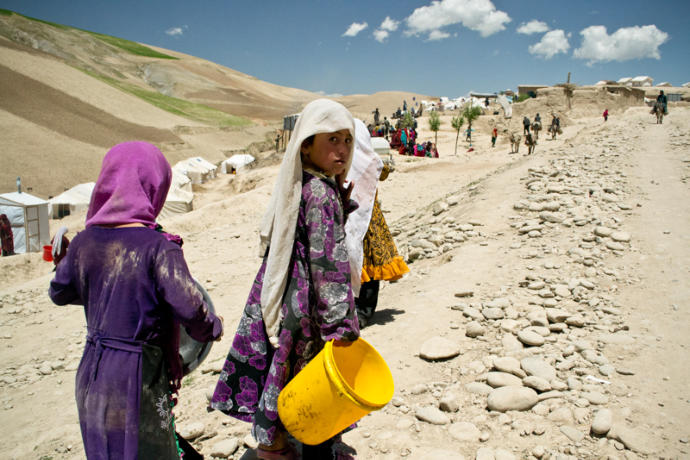
Girls walking to the kitchen facilities at the emergency camp set up by NGOs a few days after the landslide.
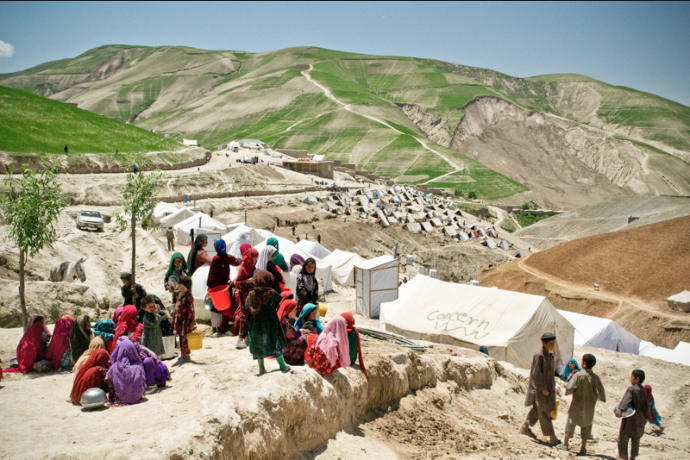
Girls waiting for their turn to receive food. Boys first, in Afghanistan.
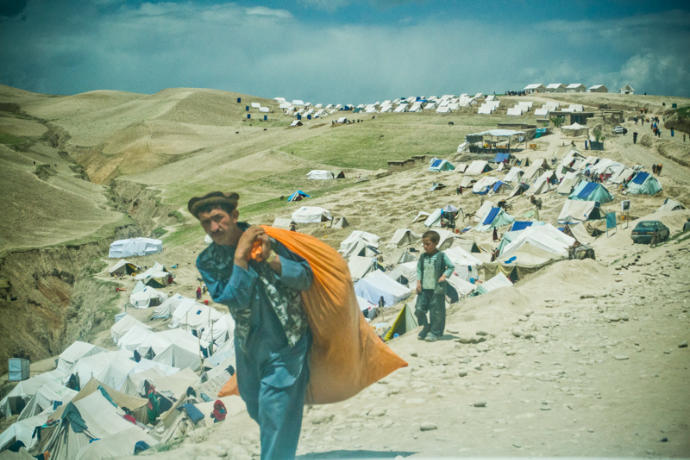
A man having just received a bag with covers and other items for a tent in which his family will be temporarily
re-housed.
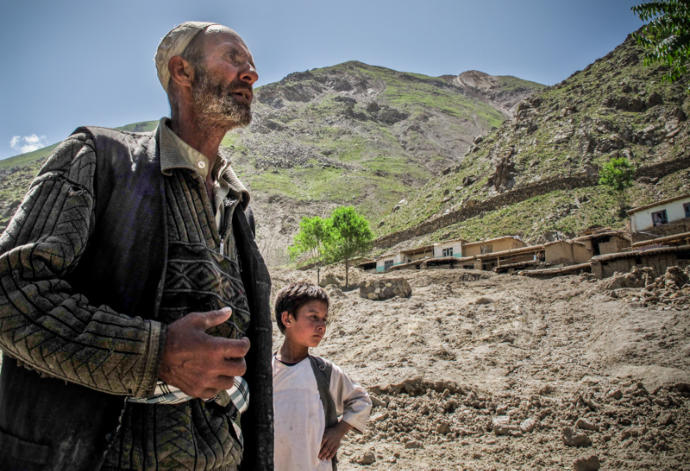
A man and his son observing the site where a mud flow had recently destroyed their home (Dahan-e-Aab, April 2012).
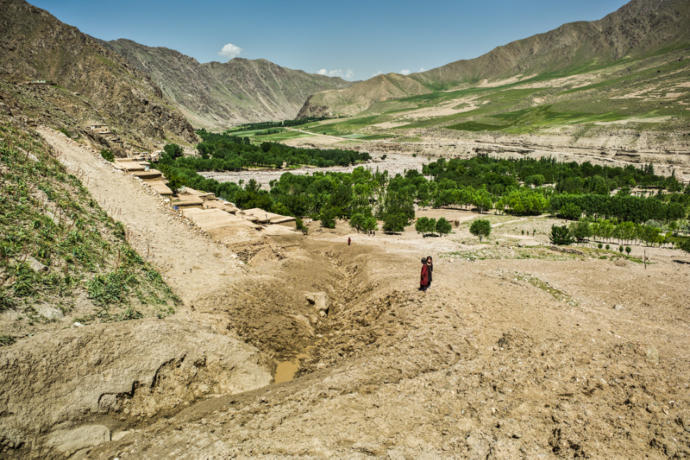
When living in absolute poverty, as the vast majority of people in Badakhshan do, even a landslide can give hope: A
man collects sharp-edged rocks hoping to sell them as construction materials once back at the village.
Children playing at the site where houses where buried by a mud flow (Dahan-e-Aab, April 2012).
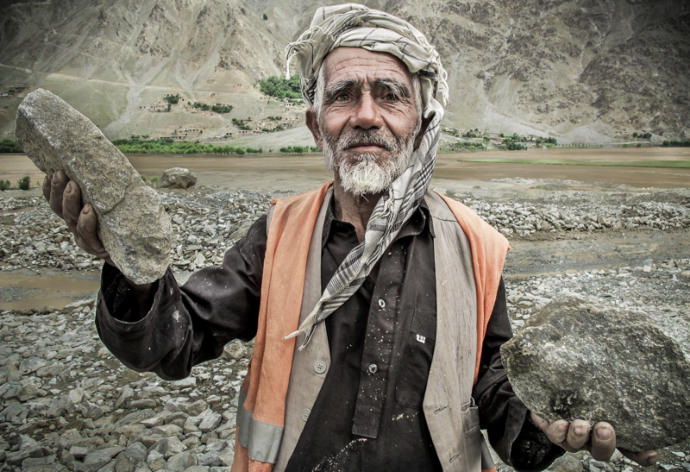
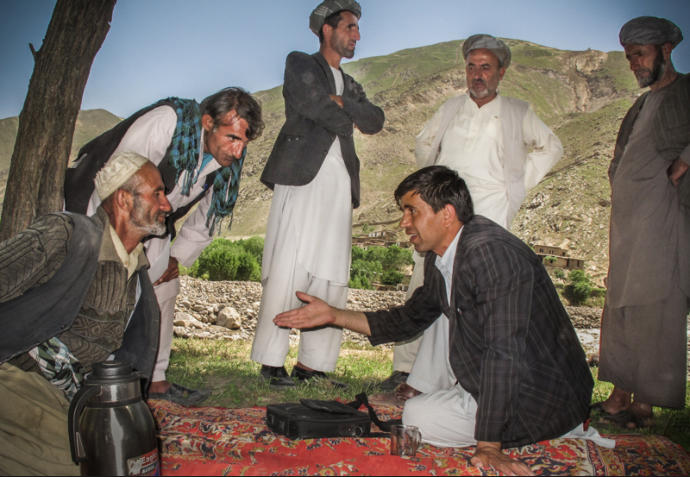
Important discussions often take place in the shade of a tree and with plenty of green tea.

A man rides his donkey along the mountain side to bypass a vast flooded area.
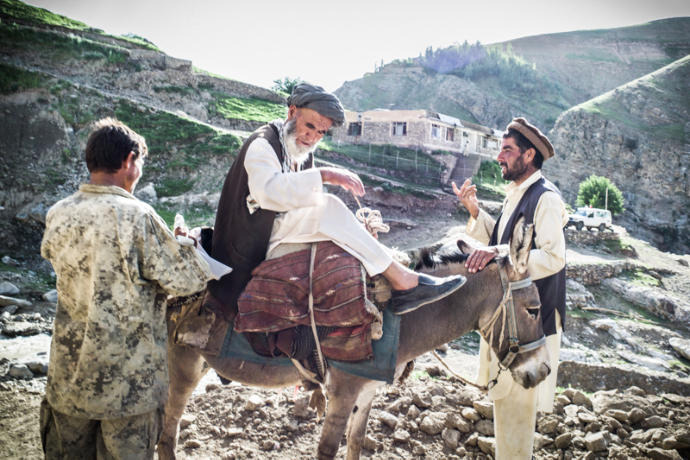
Where even 4x4 cars can’t continue, travel continues on animal back.

Young girls walk hours each day to and from school. They are lucky: until a very few years ago, the vast majority of
girls in Badakhshan did not have access to any education at all.

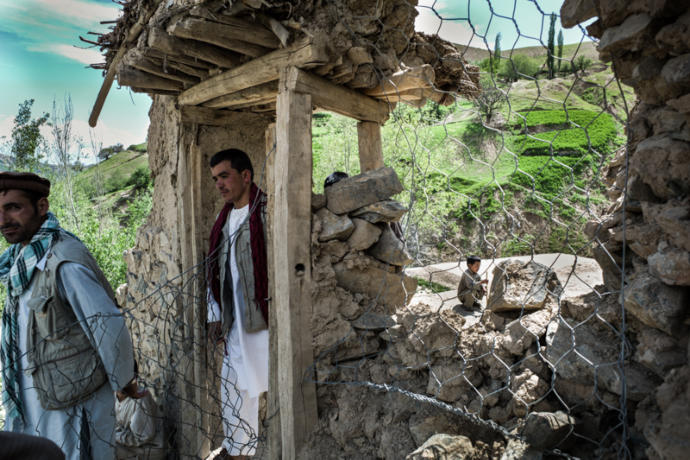
Men leaving the mosque.

Man outside a mosque.

A man travels on foot for several days to give an important message to an acquaintance living in another valley.






